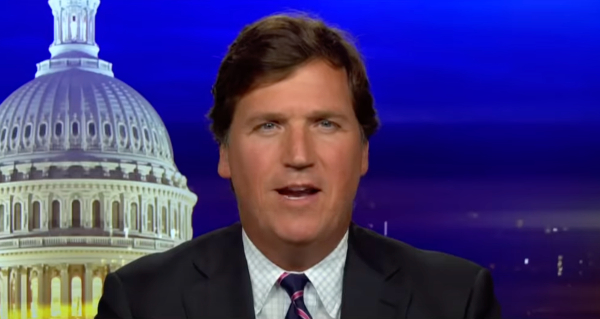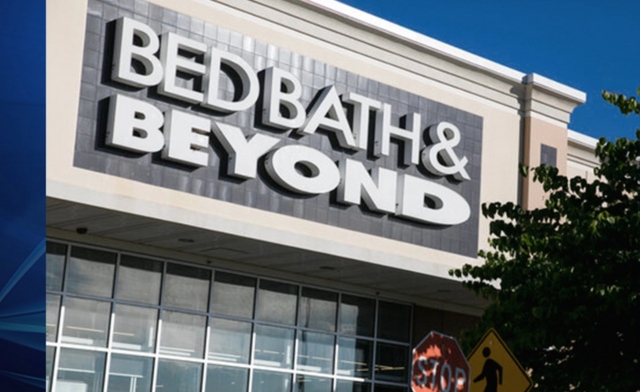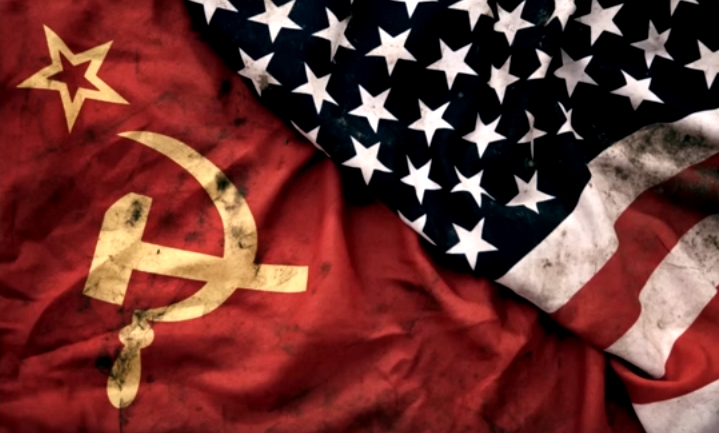Moody’s downgrades ratings of 11 regional banks as banking instability continues
04/25/2023 / By Arsenio Toledo

Moody’s Investor Services, one of America’s premier credit rating and analysis corporations, issued downgrades for 11 regional investors. This development suggests that the recent bank failures have ushered in greater instability in the banking industry.
The United States banking sector has come under increased scrutiny following the catastrophic and historic failures of the tech industry-focused Silicon Valley Bank and the New York-based Signature Bank, both of which were impacted by losses on bond investments and an unusually high percentage of uninsured depositors. (Related: Three banks suffer $60 billion in lost deposits as customers run to banks with higher interest rates.)
In light of these banks’ failures, Moody’s signaled last month that it was conducting reviews of some banks, with particular attention on the potential weaknesses in the structures of regional banks. Many of these mid-sized banks have a similarly high share of customers with uninsured deposits.
Moody’s said the strains in the way banks are currently managing their assets and liabilities, especially low-interest loans and low-rate securities, are becoming “increasingly evident” and are pressuring their profitability.
Recent events have also called into question “whether some banks’ assumed high stability of deposits and their operational nature, should be reevaluated,” according to Moody’s report.
The rating agency added that another source of instability – the U.S. real estate market – could bring more trouble, especially for regional banks that are more exposed to the market due to their corporate real estate debt holdings.

Banks with unrealized losses, high rates of uninsured deposits being hit with ratings downgrades
The downgrades in ratings hit U.S. Bancorp with some $682 billion in assets; First Republic Bank with $289 billion; Zions Bancorporation with $89 billion; Western Alliance Bancorporation with around $65 billion in assets; and the Bank of Hawaii with $24 billion.
Of these banks, First Republic Bank, which faced a dire bank run last month, had its preferred-stock rating cut, while Western Alliance, one of the worst-hit regional banks, received a two-notch downgrade.
Moody’s reported that U.S. Bank has a “relatively low capitalization” and a massive amount of unrealized losses – or losses from assets that have decreased in value but have not yet been sold – on its securities holdings.
In a statement, U.S. Bank executives said in an earnings call that its capital levels fell recently because of a recent acquisition and they are in the process of rebuilding the bank’s holdings over the course of this year and the next.
The Bank of Hawaii similarly has a massive amount of unrealized losses, Moody’s reported. The bank is also far too reliant on its uninsured deposit funding and a “somewhat elevated” loan portfolio in the real estate market that could put it at greater risk in case of a significant downturn in the market.
While not fully disputing Moody’s assessment, the Bank of Hawaii did point out that it still has “the same very strong fundamentals” it had when the rating agency assessed the bank earlier this year.
Moody’s noted that Zions had “significant” unrealized losses on its securities portfolio, and the size of its capital has deteriorated greatly.
Zions Bancorporation disputed Moody’s assessment. Senior Vice President and Director of Investor Relations James Abbott claimed that Moody’s put too much emphasis on the bank’s unrealized losses, which missed the “tremendous value” the bank had in its granular, low-cost deposit base.
“We estimate that value creates more than $5 billion as a counterbalance to the unrealized losses to the securities portfolio,” said Abbott.
Meanwhile, for Western Alliance, Moody’s noted that more than half of the bank’s deposits were uninsured at the end of 2022. This level of insecurity led to an 11 percent outflow during the first quarter, forcing the bank to rely more heavily on higher-cost forms of funding. Western Alliance disagreed with Moody’s assessment.
The other banks Moody’s downgraded are Associated Banc-Corp, Comerica, First Hawaiian Bank, INTRUST Financial Corporation, Washington Federal and UMB Financial Corporation.
Learn more about the ongoing crisis in America’s banking industry at Bubble.news.
Watch this episode of the “Health Ranger Report” as Mike Adams, the Health Ranger, discusses how he insulates himself from the possibility of a bank collapse by purchasing trust shares in gold and silver.
This video is from the Health Ranger Report channel on Brighteon.com.
More related stories:
Apple enters the banking sector, offers new savings account with 4.15% interest rate.
American banks are sitting on a TIME BOMB of $1.7 trillion in unrealized losses.
Federal Reserve will keep increasing interest rates despite worsening banking crisis.
Sources include:
Submit a correction >>
Tagged Under:
bank collapse, bank failure, banking, banks, Bubble, chaos, Collapse, economic collapse, economic riot, finance riot, financial crash, market crash, money supply, Moody's, panic, Real Estate, regional banks, risk, unrealized losses
This article may contain statements that reflect the opinion of the author
RECENT NEWS & ARTICLES
COPYRIGHT © 2017 COLLAPSE.NEWS
All content posted on this site is protected under Free Speech. Collapse.news is not responsible for content written by contributing authors. The information on this site is provided for educational and entertainment purposes only. It is not intended as a substitute for professional advice of any kind. Collapse.news assumes no responsibility for the use or misuse of this material. All trademarks, registered trademarks and service marks mentioned on this site are the property of their respective owners.




















